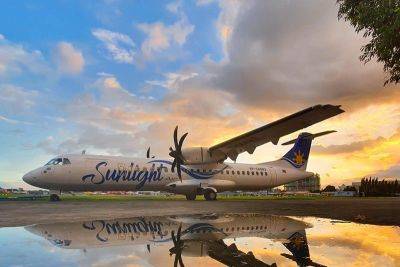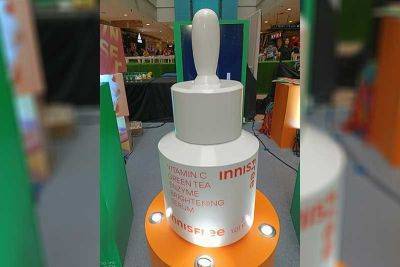Korean beauty: Brief history, brands to know, latest offerings
MANILA, Philippines — “K-beauty is one of the most prominent visual manifestations of the Korean Wave,” the book “Hallyu!,” edited by Rosalie Kim, reads.
“Evidence of cosmetic usage stretches back to the Three Kingdoms period (57 BC to AD 668). Male hwarang warriors of the Silla kingdom (57 BC to AD 935) were famed for their stylized look of white jade-like skin and red eyeshadow, while ladies of the Goryeo dynasty (918 to 1392) were noted as wearing face powder and drawn eyebrows,” the brook traces the history of K-beauty.
“The importance of flawless skin continued into the era of Japanese-occupied Korea (1910 to 45), when mass-produced cosmetics were first imported from Japan, France and the USA. During this period the modern-day Korean term for cosmetics, hwajangpum, first entered the Korean vocabulary, the word expanding the definition of a consumable commodity beyond the traditional bundae (cosmetics).”
According to the book, Korea’s first ever mass-produced makeup is Bakgabun or “Park’s Powder,” created in 1915 by Jeong Jeong-suk, wife of Park Seung-jik, founder of Korea’s oldest conglomerate.
In 2000, the launch of Korean brand Missha “created an entirely new model for Korean cosmetics.” From selling low-priced products, the brand ushered the era for specialist beauty stores or “Road Shops” in subway station malls or university campuses in Seoul, a model that labels like Etude House, Innisfree and The Faceshop later on followed suit.
Since the early 2010s, K-beauty has grown for its advanced technology in ingredients and skincare-centric formulations, the book says.
“Beauty editors have stated Korea to be around 10 to 12 years ahead in Research and Development” and Korea has grown to be the world’s third largest exporter of cosmetics after USA and France, the book notes.
“By 2026, K-Beauty is predicted to grow by an average of 11.3% per year to become a market worth US$21.8 billion.”
Even in the Philippines, the demand for K-beauty remains to be “sobra! (very much!),” said Jared Ernest De Guzman, Customer Director, Marketing, for health, beauty and wellness store chain Watsons Philippines.
“If you look at the segmentation within skincare, Korean and Asian







